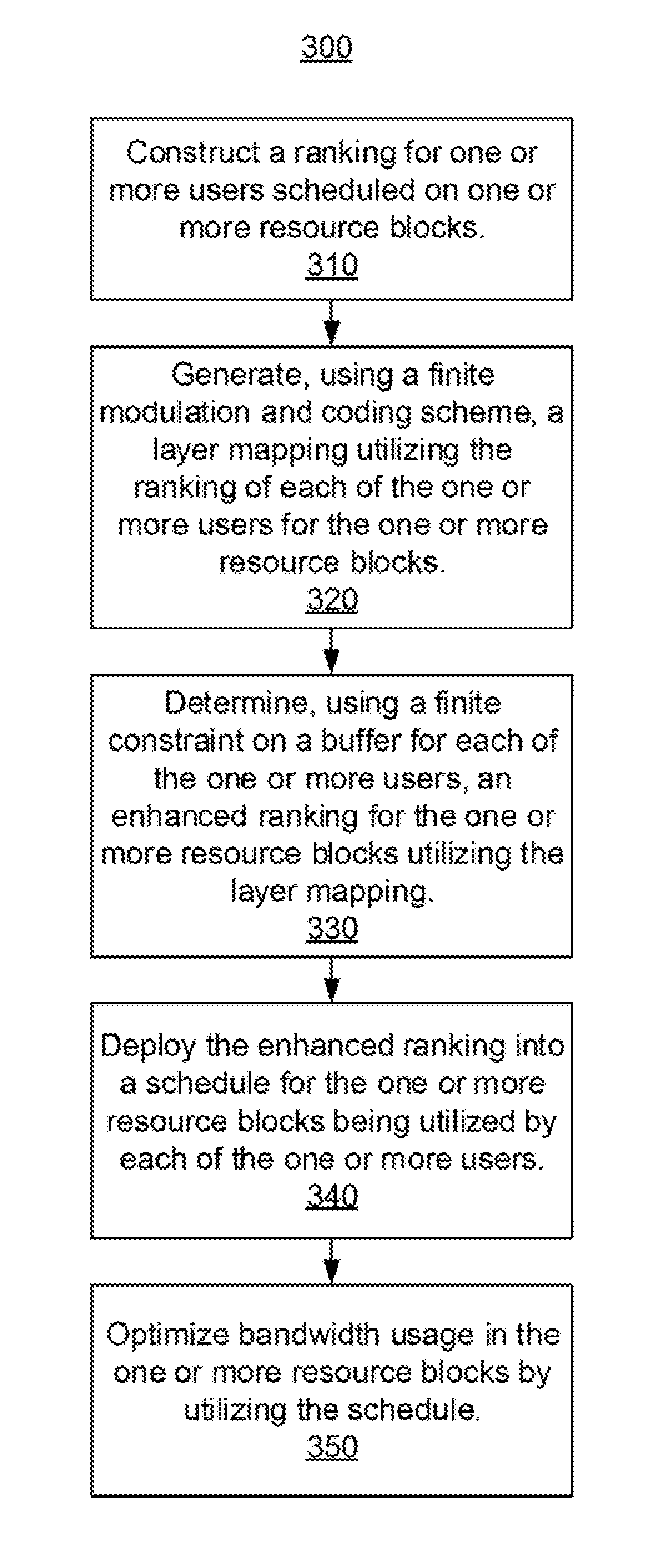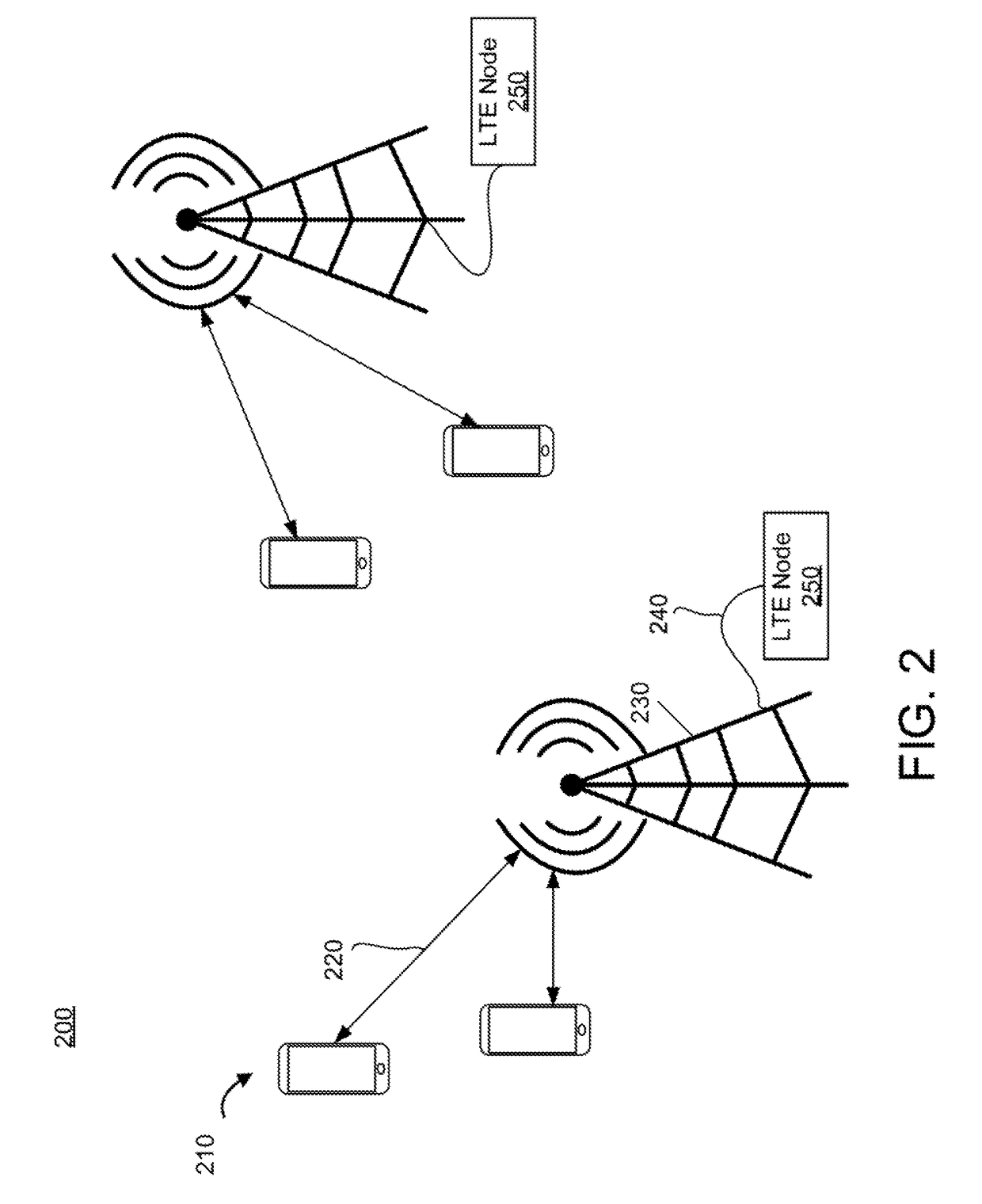Analysis and Evaluation of a Practical Downlink Multiuser MIMO Scheduler over LTE Advanced Massive MIMO Systems
a multi-user, multi-input multi-output technology, applied in the direction of channel coding adaptation, transmission path sub-channel allocation, wireless communication, etc., can solve the problems of not meeting the expectations of mu-mimo in frequency-division duplexing (fdd) systems equipped with a modest number of transmit antennas (typically 2 or 4) and obtaining csi feedback that is accurate enough for mu-mimo, etc., to achieve enhanced long-term evolution scheduling
- Summary
- Abstract
- Description
- Claims
- Application Information
AI Technical Summary
Benefits of technology
Problems solved by technology
Method used
Image
Examples
Embodiment Construction
[0015]The invention improves the DL MU-MIMO scheduler for LTE advanced massive MIMO systems. Different embodiments can be used singly or in combination together. Several useful embodiments include: (i) processing the output to enforce finite modulation and coding scheme (MCS) and finite buffer constraints; (ii) incorporating hybrid automatic repeat request (HARQ) and (iii) including complexity reduction features that also exploit the decorrelating property of massive MIMO systems.
[0016]An embodiment considers the DL wideband MU-MIMO scheduling problem in each cell of an LTE-A network, where a scheduling decision must be determined every sub-frame. This involves selecting users on each narrowband resource block (RB), where a selected user can be assigned more than one stream (a.k.a. a transmit rank greater than 1). However, there is a coupling constraint in that a user that is selected on multiple RBs must be assigned the same transmit rank on all those RBs. It is noted that the flex...
PUM
 Login to View More
Login to View More Abstract
Description
Claims
Application Information
 Login to View More
Login to View More - R&D
- Intellectual Property
- Life Sciences
- Materials
- Tech Scout
- Unparalleled Data Quality
- Higher Quality Content
- 60% Fewer Hallucinations
Browse by: Latest US Patents, China's latest patents, Technical Efficacy Thesaurus, Application Domain, Technology Topic, Popular Technical Reports.
© 2025 PatSnap. All rights reserved.Legal|Privacy policy|Modern Slavery Act Transparency Statement|Sitemap|About US| Contact US: help@patsnap.com



